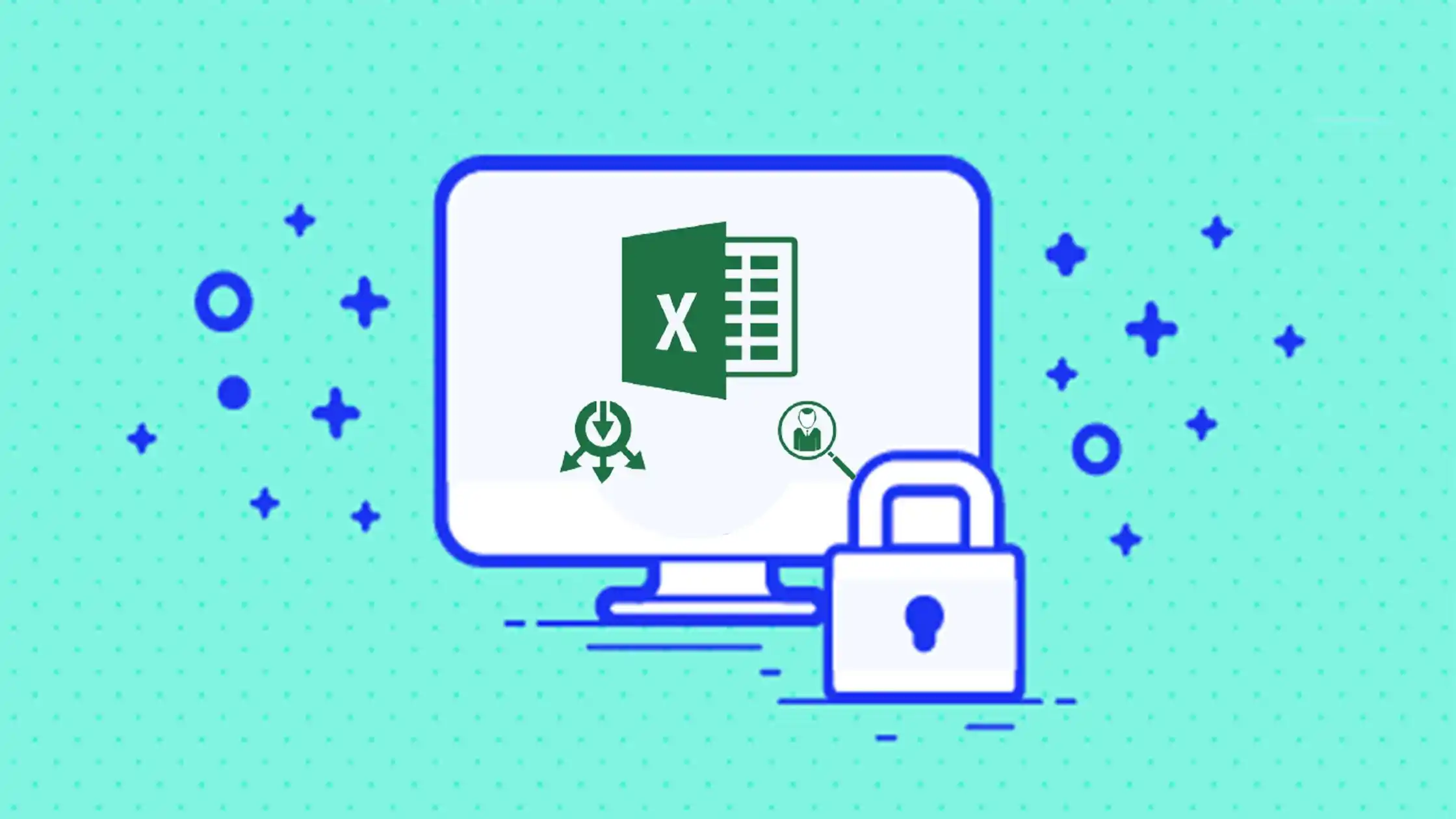TL;DR
- GDPR significantly impacts recruitment and staffing by regulating candidate data handling.
- Manual Excel-based data management risks non-compliance and penalties under GDPR.
- An ATS automates GDPR requirements like tracking consent and data retention.
- Excel limitations include lack of automation, security, and candidate information management features.
- Start discussions with ATS vendors knowledgeable in GDPR to improve recruitment processes.
For those of us who work in the world of recruitment and staffing businesses, we have already read many articles regarding the European Union's General Data Protection Regulation (GDPR) changes and the impact it will bring to recruitment and staffing businesses. The new GDPR will impact the way we all collect, process, track, and store candidate data. However, although the changes will grant job seekers and candidates unprecedented rights, successful recruiters who excel in GDPR will be able to reap the rewards of empowering candidates and leverage the changes to build better and more productive relationships, whilst increasing the candidate experience to a new level.
Non-compliance can result in harsh penalties with fines up to €20 million or 4% of the global turnover (whichever is greater).
Usually, HR and Recruiters require data management during the recruitment process. They need to micromanage everything from receiving applications to the hiring of employees. Excel document that easily stores data of candidates and further helps to track and scrutinize applicants efficiently.
People love Excel and we love it too. It's a great and familiar tool for storing information and data analyses. But when it comes to your GDPR compliance, you might miss some crucial functionalities that leads you to non-compliance and penalties.
Here are a few key points that are difficult to manage with respect to the GDPR (General Data Protection Regulation):
1. As per GDPR, you have to maintain information about candidate consent like when consent was received, for how much period consent was received, etc.
2. As per GDPR, it is very important to track the expired consent and send them a request again to grant the consent. In case of no response, you have to contact the candidate again for consent approval.
3. As per GDPR, you have to provide an interface to a candidate where a candidate can see the current information you have.
4. As per GDPR, the candidate has the right to forget. You have to provide an interface where the user can raise a request for forgotten or erased. It is very important to track such requests and delete candidate information permanently from your end.
5. As per GDPR, the candidate has the right to download information whatever we have it at the candidate end.
If you are currently holding candidates within an Excel spreadsheet, you may risk overlooking the data retention period and not realizing when a candidate's personal data needs to be erased or archived. It is very difficult to track the above points without recruiting software solutions.
With an ATS, you should be able to automate this process. You should receive an alert when a candidate is approaching their data retention limit and needs to be contacted, have their data archived (if appropriate) or be completely removed from your database.
This removes the opportunity for the human error you may find with manual methods. It also significantly reduces administration and, again, ensures you have a clear record of when candidates have been erased.
Limitations of Excel in GDPR Compliance and Recruitment Management
- Manual entry of complete data in Excel file from resume
- You can't see candidates' resumes along with Excel row
- You have to manually rewrite data in case of an update
- You can't tag candidates
- You can't track communication with candidates
- Your information about candidates might be outdated
- Unstructured data because of lack of validations
- Less secure
- Lack of automation and intelligence
You need an ATS... so what do you do next?
As a first step, it's imperative you start conversations with ATS and Recruiting software suppliers.
There are a lot of systems out there, so start by choosing a few potential suppliers who seem to know their stuff about GDPR and are aware of the impact it will have on your work. It would be great if you could discuss your business requirements as well.
Remember also that starting with a new Recruiting Software will bring many benefits apart from GDPR also, so focus on the other areas where you're trying to improve your business process, reduce the cost of hire or improve the efficiency of the team.
The best thing is to start researching different ATS tools, talking, and understanding how an ATS and Recruiting Software can improve your hiring activity for you, your colleagues, your organization, and your candidates.
For further information, you can also write to us at [email protected]. Please do share our blog on your social network.
FAQs - Frequently Asked Questions
What are the main GDPR challenges when using Excel for candidate data?
Excel lacks automation to track consent expiry, data retention, and candidate rights, increasing risk of non-compliance and penalties. It also lacks security and data management features required under GDPR.
How does an ATS help with GDPR compliance?
An Applicant Tracking System automates monitoring of candidate consent, alerts for data retention limits, and provides interfaces for candidates to manage their information, reducing errors and administrative burden.
Why should recruiters choose an ATS knowledgeable about GDPR?
Choosing an ATS familiar with GDPR ensures the software meets compliance requirements, protects candidate data effectively, and improves overall recruitment processes, benefiting both recruiters and candidates.
Can candidates access their data when using an ATS like iSmartRecruit?
Yes, ATS solutions such as iSmartRecruit offer candidates clear access to their stored data, enabling them to view, download, or request deletion in line with GDPR rights.














